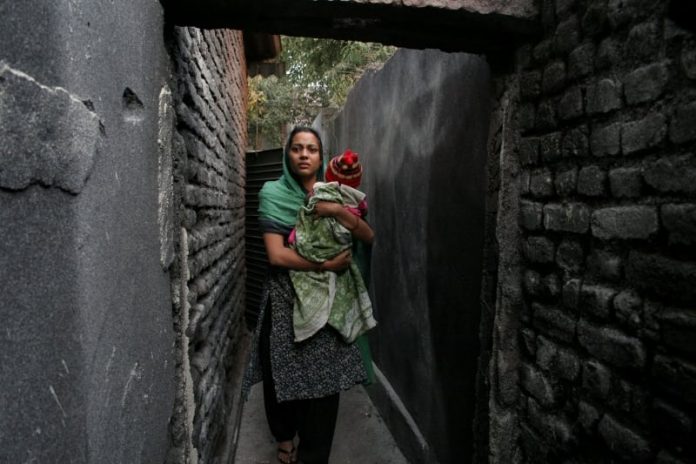
Changing global outlook highlights need for structural reforms to sustain growth and share prosperity
Developing East Asia is expanding at a slower pace as China shifts from an export-oriented economy and focuses on domestic demand. Growth in larger middle income countries including Indonesia, Malaysia, and Thailand is also softening in light of lower investment, lower global commodity prices and lower than expected growth of exports, says the East Asia Pacific Economic Update released today.
According to the report, the growth forecast for developing countries in the region is 7.1 percent for 2013, and 7.2 percent for 2014. While this is a slight downward revision from World Bank projections in April 2013, developing East Asia is leading other regions.
“East Asia Pacific continues to be the engine driving the global economy, contributing 40 percent of the world’s GDP growth – more than any other region. With overall global growth accelerating, now is the time for developing economies to make structural and policy reforms to sustain growth, reduce poverty and improve the lives of the poor and vulnerable,” said Axel van Trotsenburg, World Bank East Asia and Pacific Regional Vice President.
Growth in China is expected to meet the official indicative target of 7.5 percent this year. The short term outlook is improving as industrial production data suggests further strengthening of output in the third quarter of 2013. Growth in 2014 is projected to be 7.7 percent, but risks remain related to the restructuring of China’s economy – a greater than expected slowdown of investment could have an adverse effect on the region, especially on suppliers of capital goods and industrial raw materials to China.
Excluding China, the region is expected to grow at 5.2 percent in 2013 and 5.3 percent in 2014. While domestic demand continues to drive growth, investment growth is moderating in the larger economies of ASEAN, including Indonesia, Thailand, and Malaysia. Consumption and resilient remittances helped boost the Philippine economy. Growth in the region’s smaller economies was more encouraging: Cambodia benefited from expansion in garment exports and tourism. As the recovery picks up in the US, Japan and the Eurozone, with growth accelerating in the second quarter of 2013, developing countries in East Asia stand to benefit because of their high trade shares in the economy. But they need to be better prepared for potentially disruptive adjustments.
Over the past few months, speculation about the withdrawal of quantitative easing in the US led to stock market sell-offs and currency depreciation, hurting countries with large foreign participation in their financial markets.
“The Federal Reserve’s decision to delay tapering stabilized markets for now, giving countries a second opportunity to take measures to lower risks from future volatility,” said Bert Hofman, World Bank East Asia and Pacific Chief Economist. “Reducing reliance on short term and foreign currency denominated debt, accepting a weaker exchange rate when growth is below potential, and building policy buffers to respond to changing global liquidity conditions are some of the ways that can help countries be prepared.“
The impact of tapering on capital inflows in the region may also be offset by “Abenomics,” Japan’s new strategy to revive growth, which could increase Japanese investment in the region.
The expansive fiscal and monetary response to the global economic crisis has also built up vulnerabilities in many countries. Authorities need to be ready to respond to a steady increase in interest rates in advanced economies, and redouble their efforts to restore and maintain financial stability.
In the long term, as higher global interest rates are likely to affect investment, accelerating growth and poverty reduction depends critically on advancing structural reforms. Countries need to improve their investment climate and invest more in infrastructure, while making public investment more efficient. Firmer global growth prospects can help developing countries pursue reforms enabling them to benefit from the recovery and put their own growth on a more solid footing. Governments need to address fiscal risks and create space to support long-term growth, with measures including reducing energy subsidies.
“Structural reforms that will give people the opportunity to share in the gains of progress hold the key to future growth,” said Hofman.



































